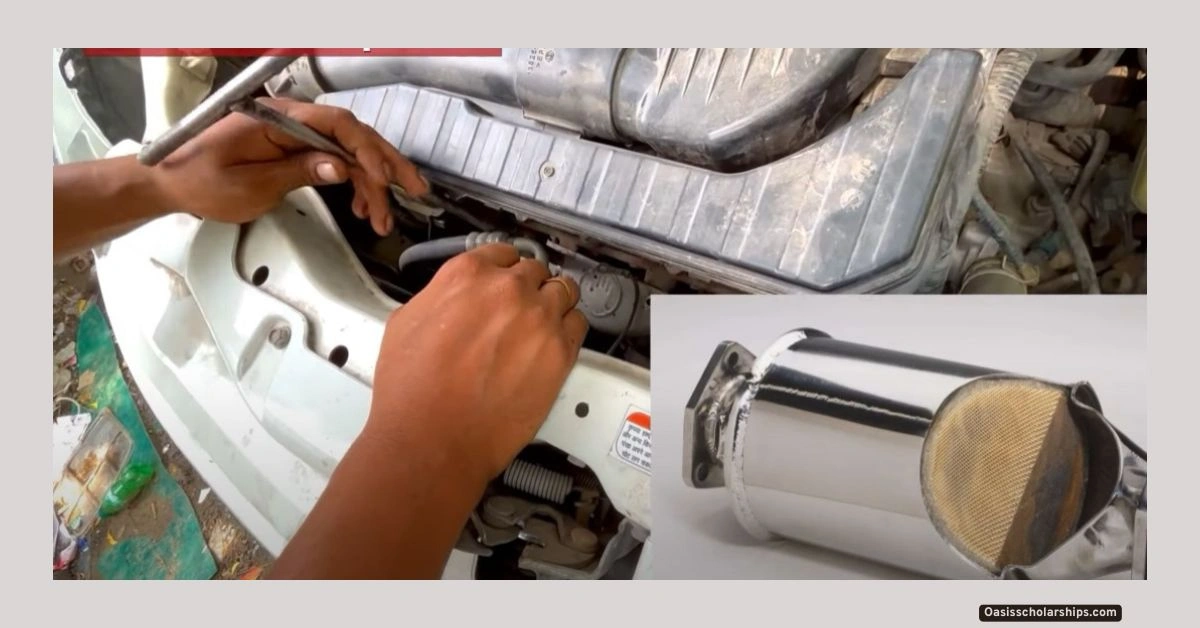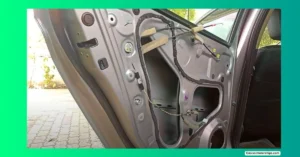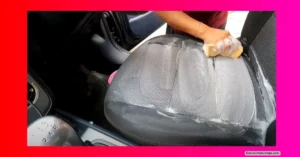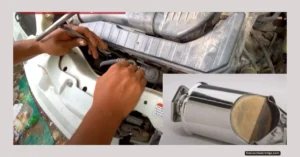If your car feels sluggish, the pickup is poor, or you notice vibrations in the engine, you’re not alone. After about 98,000 kilometers of driving, my own vehicle started showing these symptoms. Low pickup and engine vibrations often point to a blocked catalytic converter or a dirty oxygen sensor. These aren’t problems to ignore.
Understanding Low Pickup and Engine Vibration Issues
After my car had clocked more than 98,000 kilometers, I noticed a downhill shift in performance. The engine vibrated more than usual, and the pickup felt weak. If you’ve felt this, you’re not imagining things.
The main cause was a blocked catalytic converter. Over time, carbon deposits build up inside. These deposits clog the tiny holes inside the honeycomb structure, making it hard for exhaust gases to pass through. If ignored, those clogs can get so bad that the engine struggles to start.
Step-by-Step Guide: Cleaning Catalytic Converter and Oxygen Sensor
Opening the Catalytic Converter
Curious how to open the catalytic converter for cleaning? Here’s how I did it:
- Park the car on a flat surface and let the exhaust system cool.
- Locate the catalytic converter under your car. It’s usually shaped like a small muffler.
- Find the clamps or bolts that secure it. On my car, unclamping these gave me access to the inside.
- Remove the oxygen sensor carefully, as it’s sensitive and needs to go back in the same spot.
- Inspect the inside for blockage or debris before starting the cleaning process.
Tip: If bolts are rusty, a spray of lubricant can help loosen them. Be gentle—forcing parts can cause damage.
Inspecting for Blockages and Carbon Deposits
A careful visual check inside the converter revealed the issues:
- Thick black or brown carbon deposits coating the honeycomb mesh
- Blocked or partially blocked holes inside
- Soot buildup near the oxygen sensor opening
- Reduced exhaust flow that you can feel with your hand near the outlet
The oxygen sensor area often looked sooty, which affects its job of checking oxygen levels in the exhaust.
Cleaning with Petrol
For the heavy-duty crud, petrol worked best as the first cleaner. Here’s the process I followed:
- Fill a small container with petrol. Wear gloves and work in a well-ventilated space.
- Pour petrol into the holes and pipes inside the catalytic converter. Make sure to coat all visible spots.
- Swish the converter so petrol reaches every part. This helps dislodge thick carbon deposits.
- Pour some petrol over the area where the oxygen sensor was fitted. This gets rid of stuck-on soot without damaging the sensor.
- Let the petrol soak for a few minutes, then pour it out.
Clean all parts where carbon collects. Be safe—keep petrol away from flames, wear eye protection, and don’t reuse the petrol after cleaning!
Cleaning with Detergent and Water
After using petrol, I wanted to make sure no carbon or residue remained inside.
- Mix a suitable automotive detergent with water in a bucket.
- Pour the solution into all holes and crevices of the catalytic converter.
- Let it soak for a while. Use a soft brush to gently agitate stubborn areas.
- Rinse with clean water. I kept rinsing until the water running out was clear.
- Repeat from the other end to ensure both sides are spotless.
- Let the parts dry completely before moving ahead.
Washing from both sides really makes a difference. Be patient—cleaning properly now avoids trouble on the road later.
Reinstalling the Oxygen Sensor and Assembly
With all parts clean and dry, I moved on to putting everything back together:
- Place the oxygen sensor back into its slot. Make sure it’s snug, but don’t overtighten.
- Check every connection, gasket, and bolt before clamping the converter back in place.
- Turn the car on and let it idle.
After the first start, I noticed white smoke coming out of the exhaust. That’s normal! It’s just water and cleaning agent evaporating. It faded quickly.
Common observations after cleaning:
- White smoke for a few minutes—this is just leftover water burning off.
- Better, smoother sound from the exhaust.
- Improved pickup and reduced vibrations.
Effects of Cleaning on Vehicle Performance
Almost immediately after the cleaning, my car felt new again. Pickup improved, and the nagging engine vibration faded away. These aren’t cherry-picked results—regular maintenance and cleaning deliver real benefits.
Here’s what I experienced:
- Noticeable increase in pickup
- Reduced engine shake and noise
- Better fuel economy
- Quicker engine starts
Regular use of a catalytic converter and oxygen sensor cleaner keeps problems from coming back. After cleaning, my car handled hills easily and used less fuel per kilometer.
If you want to keep your car running well, plan to clean these parts every 50,000 kilometers, or sooner if you notice problems. Some drivers use a catalytic converter and oxygen sensor cleaner kit 2025 to make the job even easier and more effective.
Important Tips and Precautions for Safe Cleaning
Cleaning exhaust parts means working with chemicals, hot surfaces, and sensitive sensors. Here are my must-follow tips:
- Wear gloves and eye protection while handling petrol or detergents
- Always work in a ventilated space
- Double-check that all parts are dry before reassembly
- Never force out clogged parts with sharp tools
- Don’t overtighten or strip oxygen sensor threads
- If the job feels risky, call a pro or use a catalytic converter and oxygen sensor cleaner near me
It’s smart to clean only when you notice loss of power or rough running. If the car’s purring, regular servicing is enough.
Catalytic Converter and Oxygen Sensor Cleaner Kits and Costs
There are plenty of ways to clean a converter and sensor—DIY with petrol and detergent or with the best catalytic converter and oxygen sensor cleaner kits. Here’s what I’ve found about products and cost:
- Catalytic converter and oxygen sensor cleaner price: DIY cleaners (petrol and detergent) cost pennies. Commercial cleaner kits range from ₹500 to ₹2500, depending on quality and brand.
- Catalytic converter and oxygen sensor cleaner cost (if done by a mechanic): Expect to pay ₹1500 to ₹4000, including labor and cleaner.
- Catalytic converter and oxygen sensor cleaner near me: Most auto parts shops or service centers carry these kits, or you can order online for doorstep delivery.
If you want to save time, brands now offer the best catalytic converter and oxygen sensor cleaner in a ready-made spray or liquid formula. Read reviews before picking a product, and always follow the instructions on the label.
Conclusion
Cleaning your catalytic converter and oxygen sensor is a simple way to restore lost performance and improve fuel economy. You don’t need to be an expert mechanic. With a little patience and the right catalytic converter and oxygen sensor cleaner kit 2025, you can save money and keep your car running smoothly. Always make sure to follow safety steps, use the correct products, and do this only if your car shows symptoms.





